Chamois are one of my favourite animals to hunt. They are curious, super intelligent and have the best eyesight of any game animal I know. Found virtually throughout the south island from Fiordland to Nelson but in generally higher numbers around the Westland glaciers, these animals you can hunt almost year round as the capes can look great in both their summer and winters phases.
Here’s 10 quick tips designed to help those somewhat new to alpine hunting to get the drop on these super smart critters.
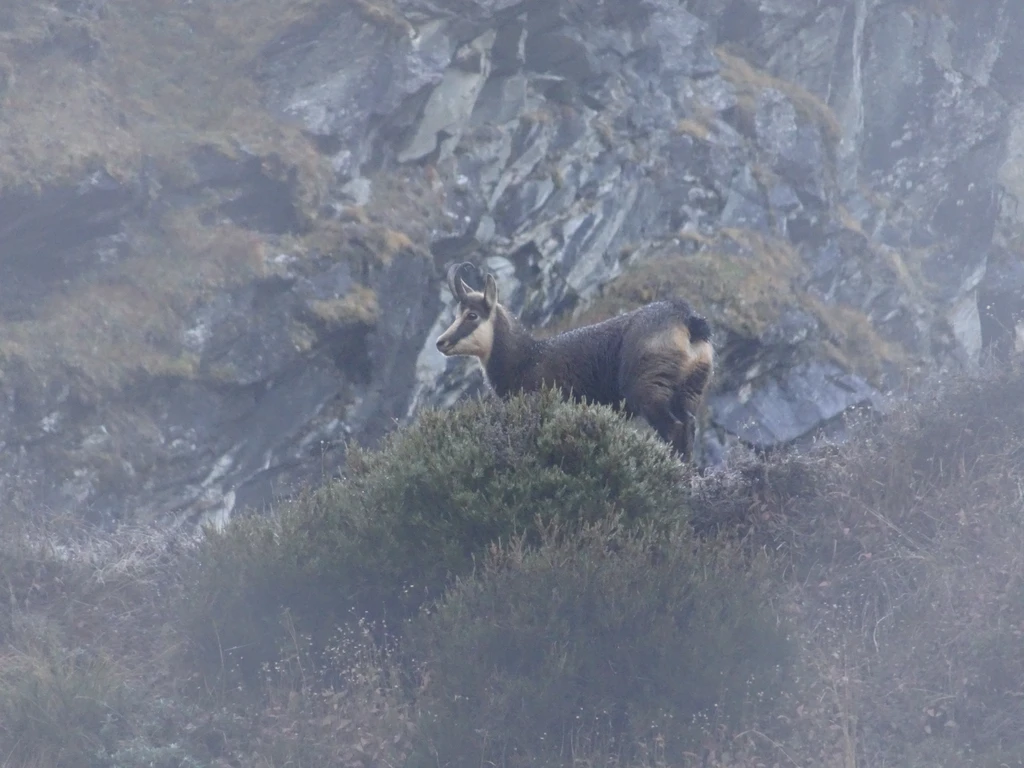
1. Eye-sight
Eyesight is one of the Chamois best defences and they known for spotting movement out as far as 800+ meters. Use any available cover and take your time, often it’s a case of getting into the right country then glassing from a good vantage point during the “prime time”.
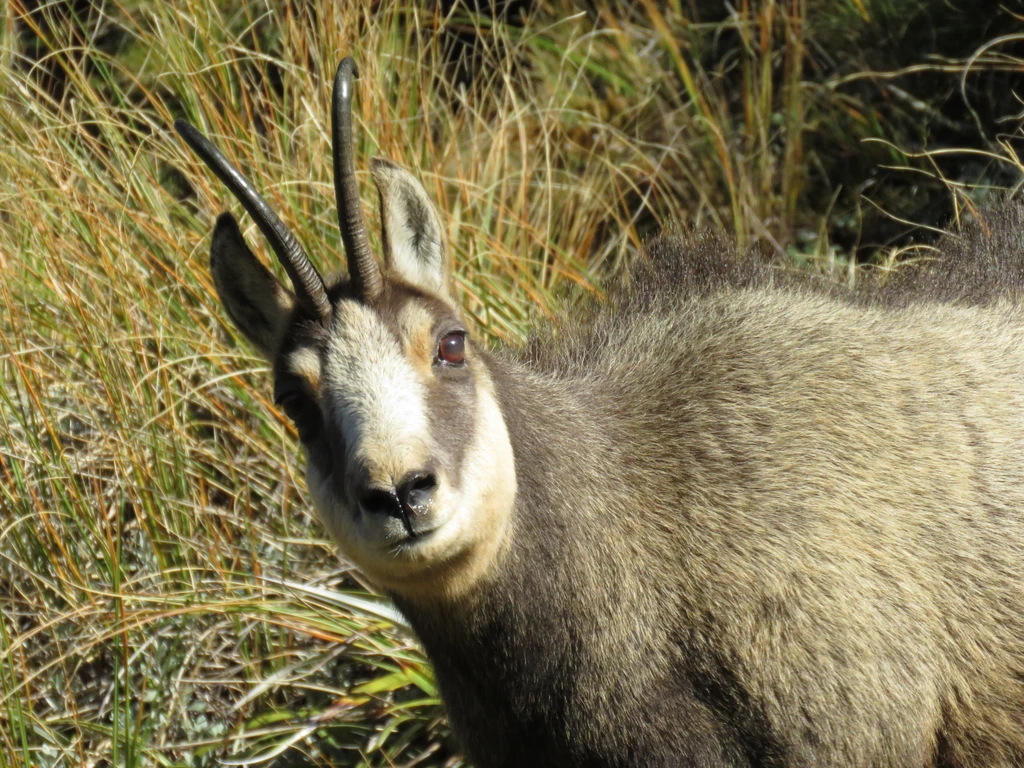

2. Time Of Day
Chamois like most of our game spending the day time mostly parked up chewing cud. You are far less likely to pick them up in your bino’s when they are bedded down. The first and last couple of hours of the day is where you should be focussing.


3. Glassing
Get the best binoculars that you can afford because you’re going to spend a lot of time using them. Use your legs to get you into the right country and then let your eye’s do the walking. Spend a huge amount of your time glassing and don’t just glass over a likely area the one time.
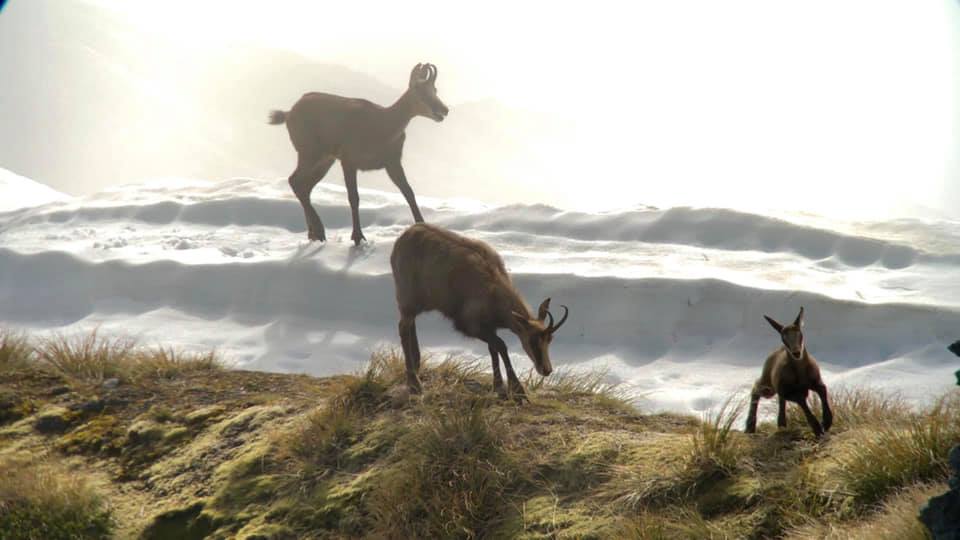

4. Approach
Chamois have a tendency to always be looking downhill for approaching danger. Use this to your advantage if the terrain allows and get above them.
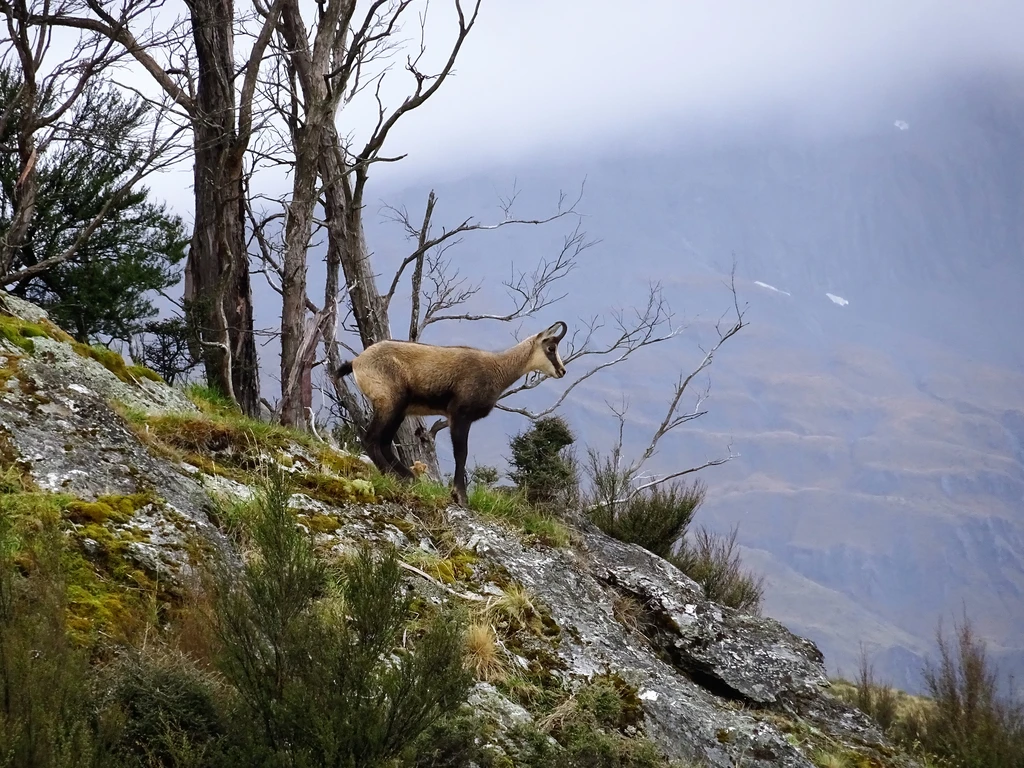

5. Wind
Like just about all of our game animals Chamois have a very keen sense of smell. Hunt into the wind or pretty much just come back another day.
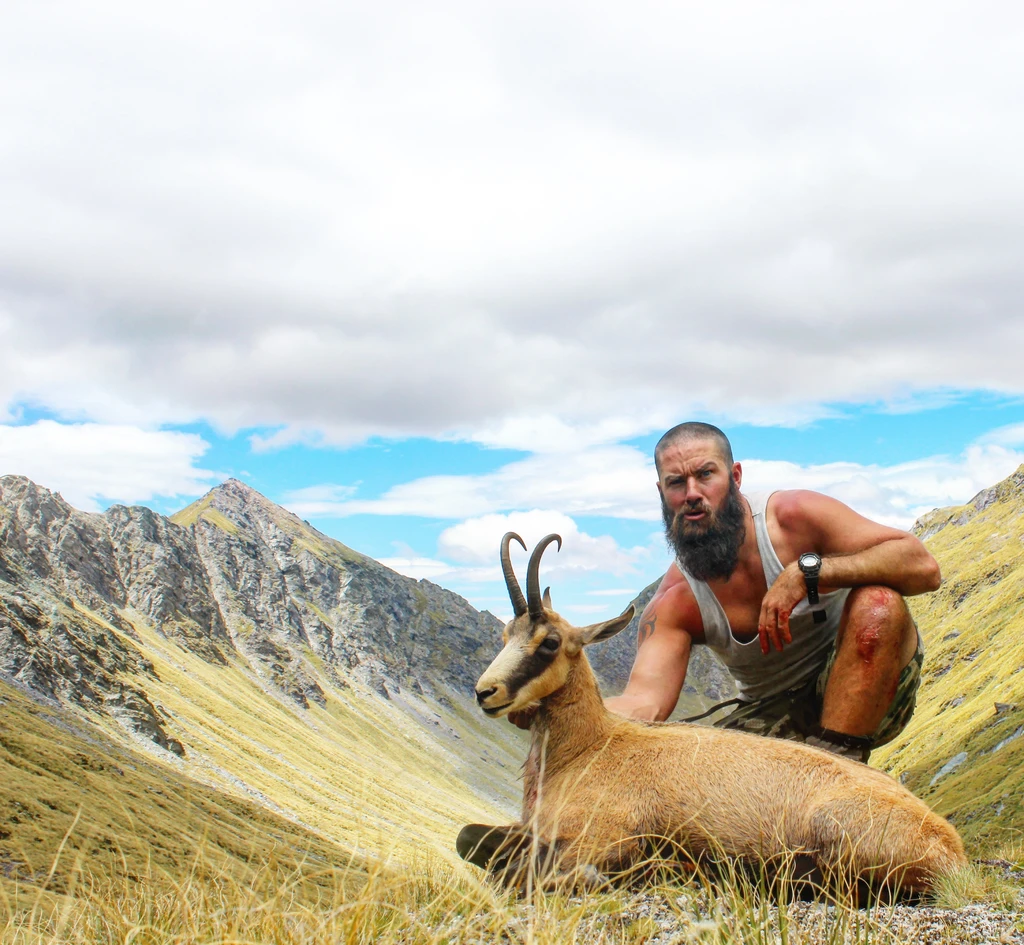

6. Terrain
Chamois live in a variety of country but usually favour the steeper stuff. Everything from Westland creeks at sea level to broken country well above the bush line. Look at maps, talk to an experienced hunter and do the leg work.


7. Fitness
99% of the time you’re going to have to gain some vert to get into chamois country. If you’re not already hill fit then chasing Cham is going to get you fit. Know your limitations with fitness and the type of terrain you’re comfortable in. Luke here at PointsSouth thinks nothing of climbing up and down 1000m of vert for an evening hunt, fitness is important but you don’t need to go to that extend. Pick your objectives wisely and carry an epirb as well as the basics for an unexpected night out. NJ.
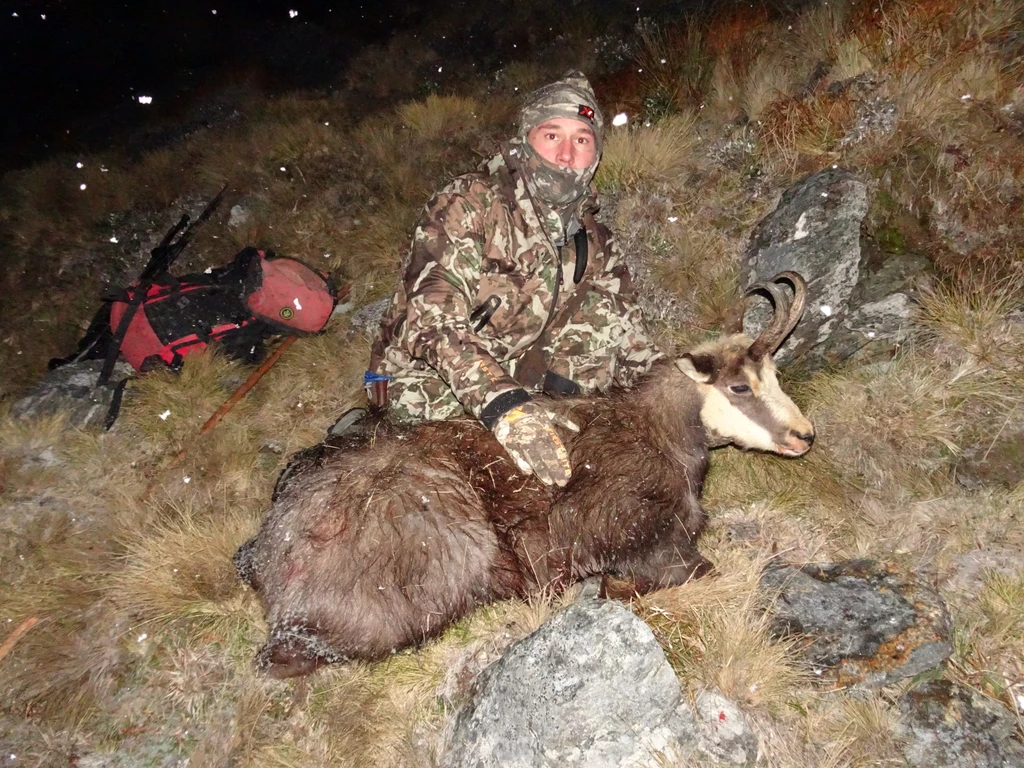

8. Animal Groups
Mature bucks are more than often by themselves apart from the rut, so if you’re looking at a lone animal there’s a good chance it’s a buck. Females and juveniles tend to hang out in small groups and will often stay living in the same general vicinity, so if your finding family groups then perhaps this is a good spot to come back to in the rut (May/June).
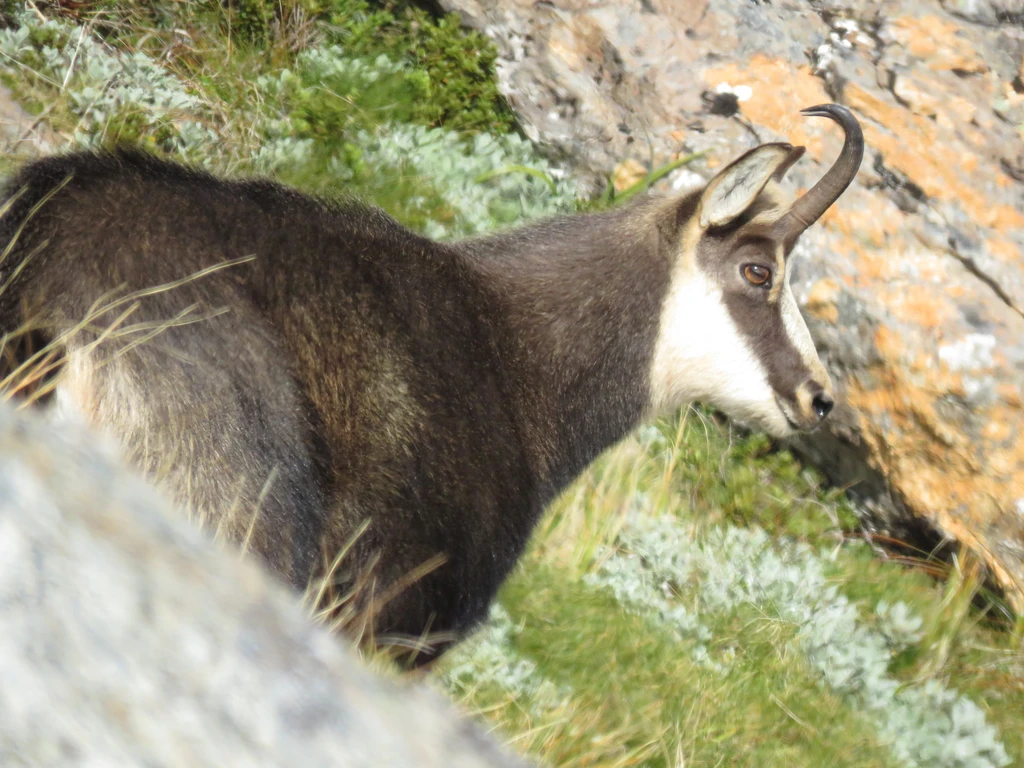

9. Curiosity
Chamois are really inquisitive animals and curiosity has been the downfall of many a chamois. A fleeing buck will often stop for a quick look back, be ready. Bucks especially during the rut sometimes can’t help themselves and will actually come an investigate something out of place. I’ve hidden behind a rock and waved my hat and had bucks come in close, and the dog is usually another major curiosity for them. It’s often the young bucks that do this so pack your camera.
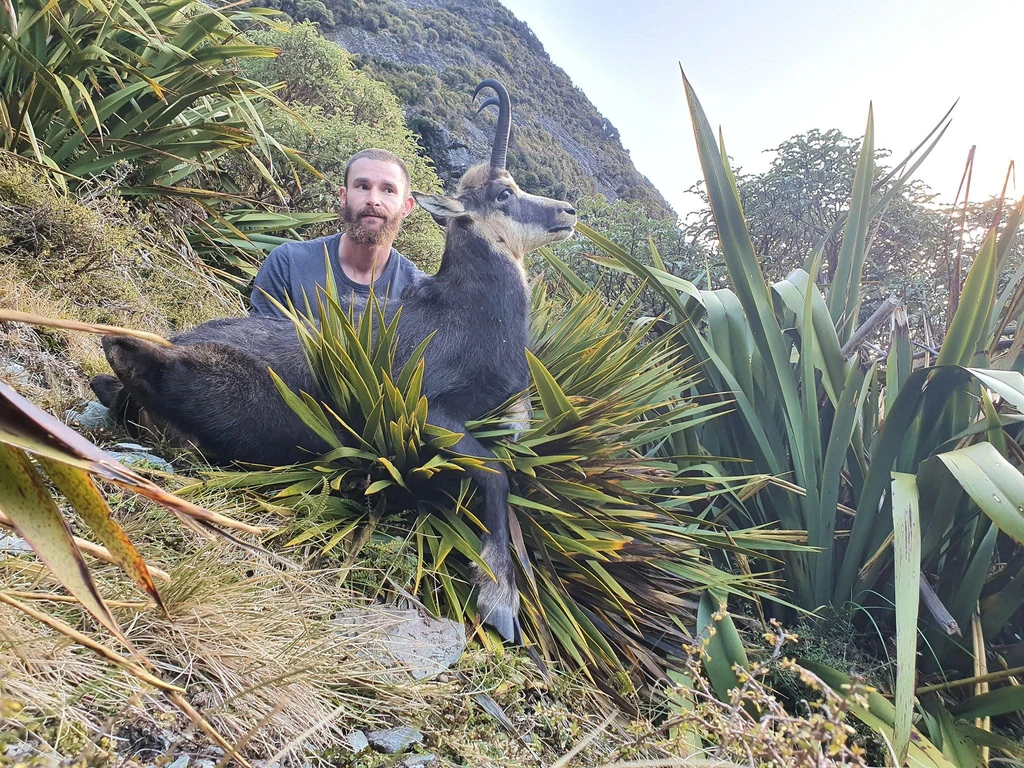

10. Trophy Potential
Chamois are notoriously hard to gauge as their horn shape can vary a lot, it takes a lot of experience to get good at this. Generally speaking if a bucks horns appear to be 2-3 inches above its ears, then you are looking possibly a 9-10 inch buck. It’s the hooks that make the difference, smaller “tighter” hooks won’t measure as long as deeper wider ones. Always look at the hooks. In some areas that grow good horns a 3 year old buck can have 9 inch horns and 10 inches at 5 years, imagine what these could become at 10 years.
Even experienced guys can sometimes have trouble identifying the does from the bucks, looking at the body mass and the hooks is usually the giveaway.
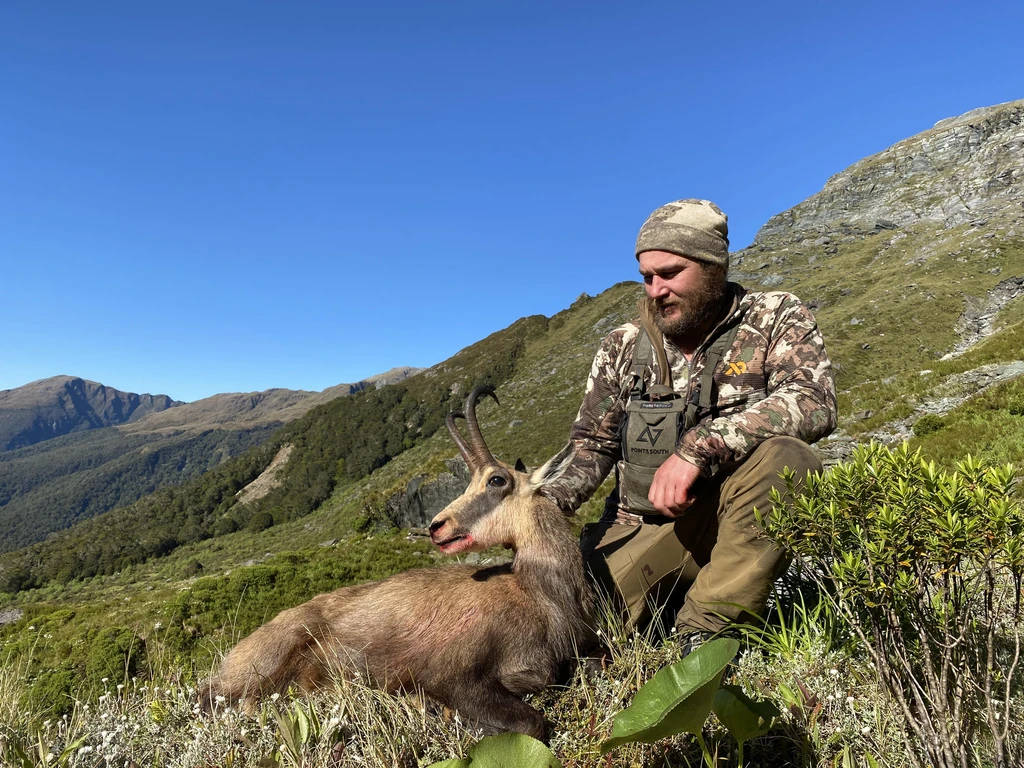

About the Author – Points South NZ
Points South is the online home of hunting in the South Pacific. We are all about ethical hunting and respect for our quarry. Through our platforms and brand communications we hope to pass on some of the many highs and lows of hunting, ethics and firearms safety and show you some of the fantastic scenery and hunting opportunities out there if you are prepared to put in the hard yards.
Our partnership with First Lite has now become New Zealand and Australia’s leading supplier of high-end hunting apparel and products. As well as becoming a shared space where we share not only the 3 founders and wider contributors experiences, but also all things happening and important to hunting as we know it. By working collaboratively with many companies and organisations that share a similar set of values and ethics, we are able to help advance the one thing we all know is important. Which is protecting and enhancing our hunting opportunities for our future generations.
Click below to visit us online, to read more, and to learn about the product range.
CLICK HERE to visit Points South
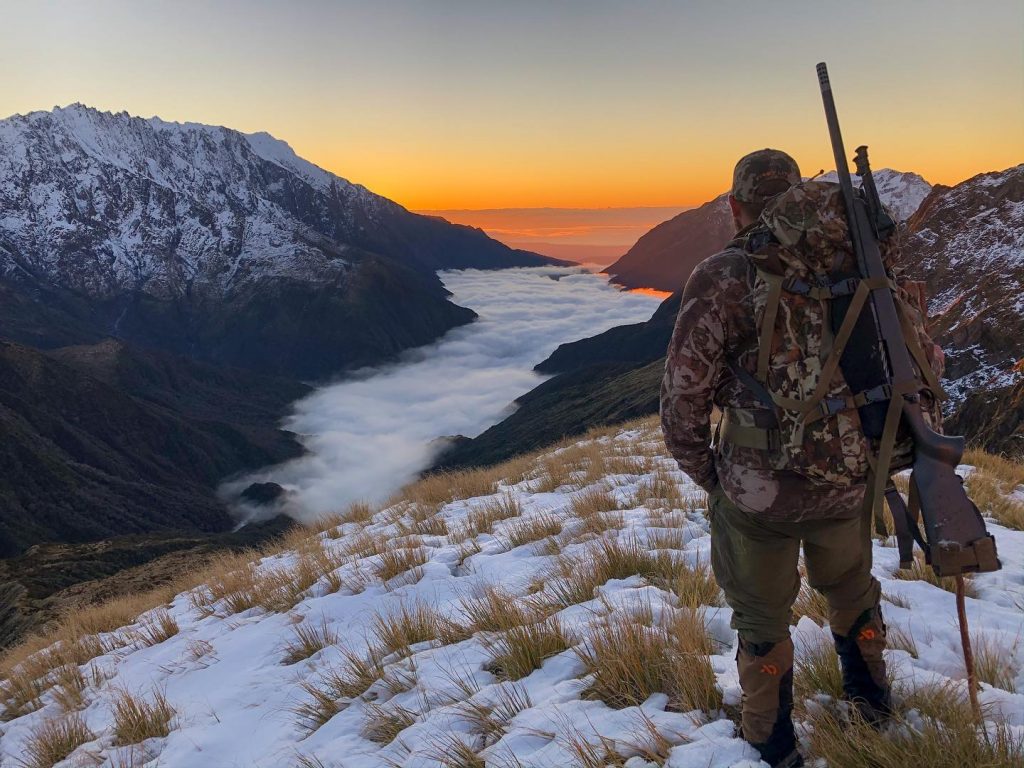



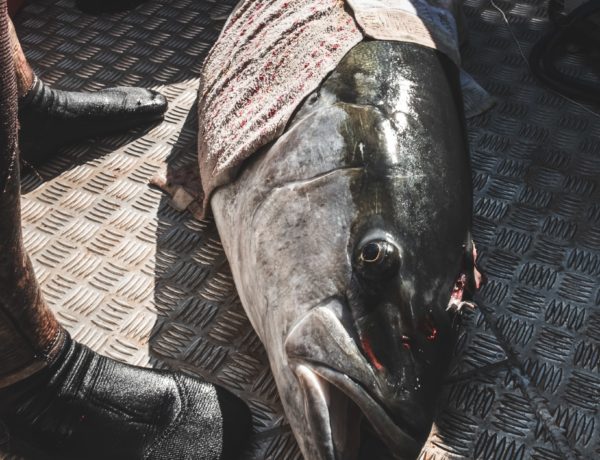
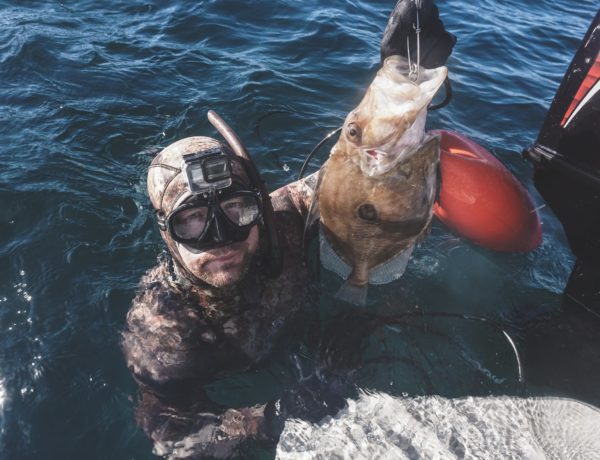
No Comments